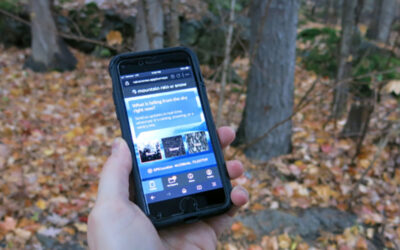Mountain Rain or Snow is launching a project where citizen scientists like you can submit observations of rain, snow, and mixed precipitation via your smartphone, laptop, desktop, tablet, or any other device with a browser.
Meet Rosemary Carroll, Ph.D.
Rosemary Carroll, Ph.D., is an associate research professor in DRI’s Division of Hydrologic Sciences.

